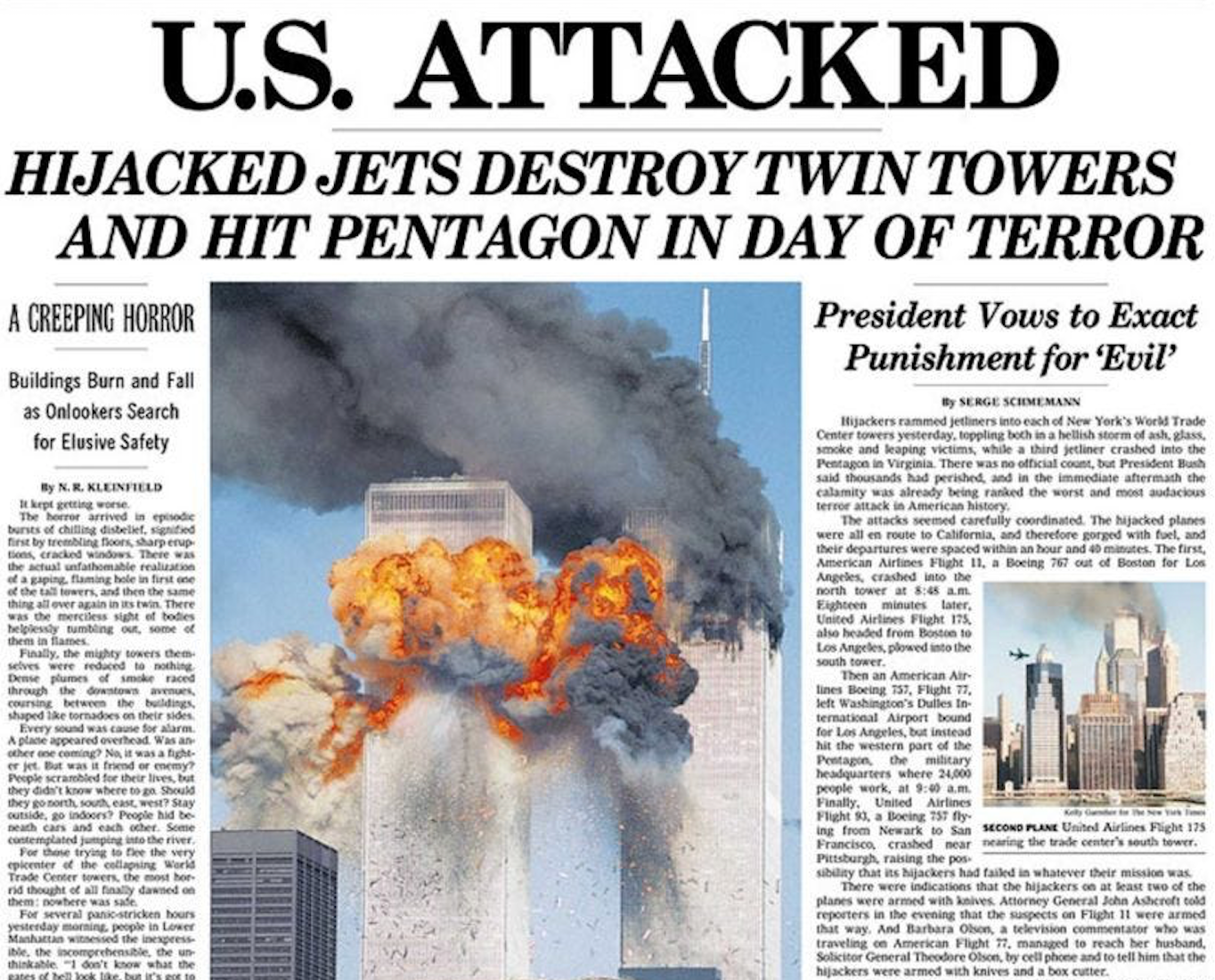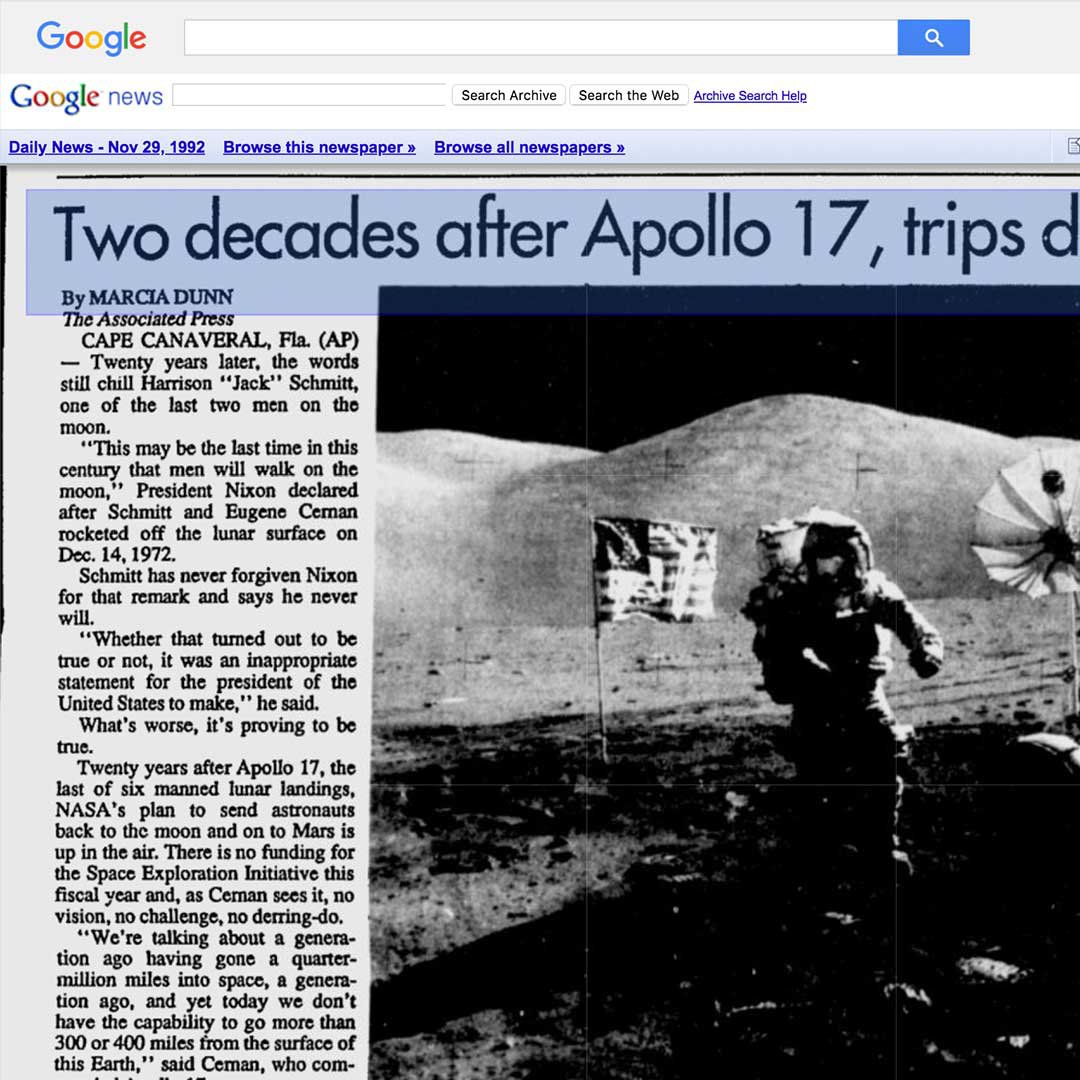The 7-Minute Rule for News Articles
The 7-Minute Rule for News Articles
Blog Article
Some Of News Articles
Table of ContentsLittle Known Questions About News Articles.News Articles Fundamentals ExplainedThe 6-Second Trick For News ArticlesLittle Known Questions About News Articles.News Articles Can Be Fun For Everyone
Good understanding of different topics gives students a competitive edge over their peers. Although electronic and social media sites are easily available, we must not forget exactly how vital it is to read the newspapers. Moms and dads need to attempt and inculcate the routine of reviewing a paper as an everyday routine to proceed the legacy of the revered print medium.Newspaper article likewise contain at least among the complying with important attributes relative to the desired target market: distance, prestige, timeliness, human rate of interest, oddity, or consequence. The related term journalese is sometimes utilized, normally pejoratively, to describe news-style writing. One more is headlinese. Newspapers generally abide by an expository writing style.
Within these limits, information tales likewise aim to be thorough. Amongst the larger and more highly regarded papers, justness and balance is a significant aspect in providing information.
Papers with a worldwide audience, for instance, have a tendency to use an extra formal style of composing. The particular selections made by a news outlet's editor or content board are frequently accumulated in a style overview; typical design guides consist of the and the US Information Style Publication. The main objectives of news writing can be summed up by the ABCs of journalism: precision, brevity, and quality.
Some Known Questions About News Articles.
As a rule, reporters will not utilize a lengthy word when a short one will do. Information writers attempt to avoid making use of the exact same word a lot more than as soon as in a paragraph (often called an "echo" or "word mirror").
Headings occasionally omit the topic (e.g., "Jumps From Watercraft, Catches in Wheel") or verb (e.g., "Pet cat woman fortunate"). A subhead (likewise subhed, sub-headline, subheading, caption, deck or dek) can be either a subordinate title under the major headline, or the heading of a subsection of the article. It is a heading that comes before the major message, or a group of paragraphs of the major text.

Additional billboards of any of these kinds may show up later on in the post (especially on subsequent pages) to tempt further analysis. Such signboards are likewise made use of as guidelines to the write-up in other sections of the publication or site, or as ads for the piece in various other magazine or websites. Normal framework with title, lead paragraph (summary in strong), other paragraphs (information) and get in touch with information.

Instance of a hard-lead paragraph NASA is proposing another room job. The agency's spending plan request, announced today, consisted of a strategy to send out another mission to the Moon. This time the agency really hopes to establish a long-term facility as a jumping-off point for various other space journeys. The spending plan demands approximately $10 billion for the job.
An "off-lead" is the 2nd most crucial front web page news of the day. To "hide the lead" is to begin the post with background details or details of secondary importance to the readers, forcing them to review even more deeply into an article than they ought to have to in order to uncover the crucial factors.
News Articles - An Overview
Typical usage is that a person or more sentences each create their own paragraph. Reporters generally describe the company or structure of a news story as an inverted pyramid. The important and most intriguing components of a story are put at the beginning, with supporting details complying with in order of decreasing significance.
It allows people to discover a subject to only the deepness that their interest takes them, and without the charge of details or nuances that they could consider unnecessary, but still making that info available to a lot more interested viewers. The inverted pyramid structure likewise makes it possible for write-ups to be cut to any arbitrary size during layout, to suit the space available.
Some writers begin their stories with the "1-2-3 lead", yet there are many kinds of lead offered. A twist can refer to several points: The last pop over to this web-site story in the information broadcast; a "happy" tale to finish the show.
Longer write-ups, such as magazine cover posts and the items that lead the inside sections of a paper, are recognized as. Feature stories differ from straight information in numerous methods.
The Ultimate Guide To News Articles
The journalist commonly details interactions with meeting subjects, making the piece much more individual. A feature's first paragraphs typically connect an intriguing minute or event, as in an "anecdotal lead". From the details of a person or episode, its view quickly widens to generalities about the tale's topic. The try here area that signals what a feature is about is called the or billboard.

The Editor's Tool kit: A Referral Guide for Beginners and Professionals (2001) Allan M. Siegal and William G. Connolly. The New York City Times Handbook of Style and Usage: The Authorities Style Guide Used by the Writers and Editors of the World's Many Authoritative Newspaper (2002) M. L. Stein, Susan Paterno, and R.
Report this page